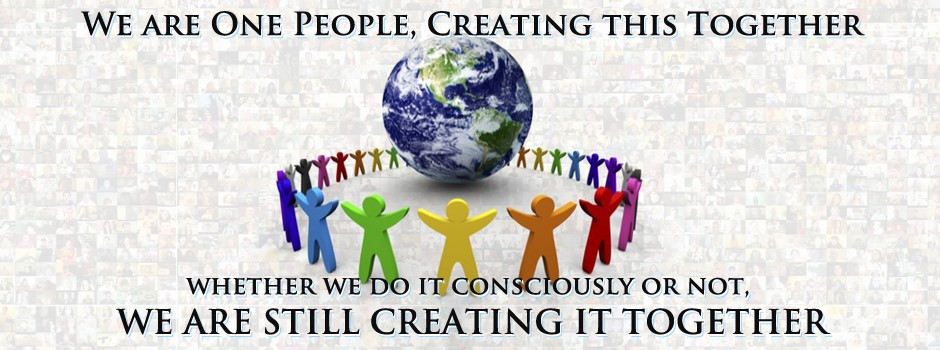Skip to content

Belongingness – or rather lack of belonging – contributes significantly to suicide in the elderly and young children.
Belonging to a group and our memories of the past help us connect with the world and one another.
This post explores what happens when that connection is broken, when a person no longer feels they belong? A child who is bullied; an older person who has lost family and friends and lives in isolation; a young adult who feels hopeless and beaten down.
belonging
No matter what we say, we need people. We need to be a part of a group, whether it be a biological family, a church family, or a group of friends. When cast out of that group, the pain of rejection is the same as physical pain. “My heart is broken,” shows how an emotion can cause physical pain. Your heart really isn’t broken, but it aches as though it were!
It is easy to see how someone in incredible pain gives up. Thousands of Americans give testament to how uncontrollable physical pain has taken over their lives. Lack of sleep deprives us of sound psychological and physical health – one with depression cannot sleep; lack of sleep keeps you tired all day; you are depressed because you are tired; and the cycle goes ‘round and ‘round.

Prevention efforts should not be aimed toward the final hours of despair, but rather helping people resolve their issues before they reach the point of
no-return.
***********
We claim that someone who commits suicide must be “crazy,” depressed and suicidal, but interestingly, only half see a mental health counselor and carry a mental health diagnosis – and half of those commit suicide while they are in counselling!
The other half of suicide victims show no outward signs, and do not have a mental health diagnosis. But this group also does not seek counseling, which makes it impossible to guess if there was a mental disorder before the suicide.
How does it work? Does someone one day just give up, pull out a gun on a whim, and shoot himself? No, that is not what happens! Victims of suicide struggle for years, fighting with their pain and depression – and their post-traumatic-stress.
perceived burdensomeness and thwarted belongingness
Along the line of thinking that it takes years to get to the point of suicide, Dr. Thomas Joiner, author of Why People Die by Suicide, posits an interesting theory. He believes there are only three motives for suicide.
-
A sense of burden to others
-
A profound sense of loneliness
-
A sense of fearlessness
All three of these preconditions must be in place before the person is ready to commit suicide. So long as a person remains fearful of death and the consequences of the actions that lead to death, they will not take their life.
Over time, people who ruminate on dying become habituated to having no fear of death, making them immune to the horrors of taking their life.
A feeling of belongingness to a group is essential for human survival.
A sense of burden to others, and a profound sense of loneliness have a direct connection to belonging. When someone forms the opinion that he is a burden on his loved ones, he withdraws from them, and becomes isolated and lonely.
Social isolation, an effect of bullying and other forms of violence, create a disconnect with others and an inability to maintain long-term relationship.
Depression and PTSD are two risk factors for suicide. Exposure to a traumatic event increases the risk. Does this exposure eventually erode one’s thinking to where they want to die? In some cases, you can see it, such as the child who is bullied.
Thinking about dying follows the concept of “your thoughts make you.” You are what you think. When in a funk deep enough to want to take your life, you have been on this downhill trend for some time.
the “bump” – autobiographical memory
Suicide rates rise with age for both men and women, as they become older and feel they are a trouble to their family. Older adults give vague warnings which can be confused with the normal end-of-life planning, such as drawing up wills and giving away personal possessions. They ordinarily do not communicate their intent to die, but instead say things like, “There is nothing left for me anymore.” Contributing circumstances are widowhood, serious medical illnesses, and social isolation.
The “remembered self” is a representation of who we have been at various points in our life. We tell stories of our history in order to gain a sense of identity. As we grow older, we tend to remember our young independent years the most, those ages between 18 and 22.
We were young, fearless, and the had the world by the tail. This time period is called “the bump” – and our flashbulb memories are especially vivid and personally relevant from this time in our lives.
This is why the elderly reminisce about their favorite books they read, the movies they watched, and the songs they listened to; they tell stories about the people and events from long ago. They refer to the years of their young adulthood more frequently than other time in their lives.
As we grow older, an unresolved traumatic past becomes more troublesome and harder to process. If the experience occurs during “the bump” years, such as going off to war or being raped in college, then according to the autobiographical memory theory, the memories are more pressing and painful as we get older.
Unresolved trauma causes loneliness and a sense of not belonging. Relationships fail, children leave home never to return, disappointment ensues, and the memories will not abate.
What better recipe for a self-inflicted fatal wound than a life of pain and suffering?

the conundrum of living
Humans have an amazing capacity for survival. The clock just does not stop ticking, you cannot flip a switch and turn off your life. We have deep resources of resilience and can withstand the most horrendous experiences.
We will not come out of those experiences the same person we were when we went in, but there is little that can permanently daunt the human spirit.
So why do people reach a point in their lives where they feel they cannot take another step forward? Why do people want to give up? There must be more than just an outlook on life, or state of depression, that causes someone to take their life.
There has never been a time in America like today. People are fraught with such immense challenges at every turn! This is a complicated world, and people are having a very hard time coping. It is impossible to eliminate just a few of the stressors in a world that keeps staking them up.
If you ask for help with your mental crisis, chances are things become worse – if are a threat to yourself or others the courts can become your guardian.
Why do we wait until someone is suicidal and ready to be committed before we step in and offer help?
In a society that places a stigma on feelings of helplessness and hopelessness, these signs are not usually recognized until it is too late.

This is what National Today suggests if you know a person who is in distress
-
Ask direct questions
Even though it’s hard, ask a person directly if they’re thinking about suicide.
-
Listen to their answers
People with suicidal thoughts often feel alone, so be sure to let them know that you care deeply about what they have to say.
-
Do a safety check
If you’re concerned for their well-being, try removing anything they could use to harm themselves, such as alcohol, drugs, medications, weapons, and even access to a car.
-
Don’t keep this a secret
Let them know you’ll help come up with a plan that involves telling a professional who can utilize the many services and resources available to help.
-
Ensure they seek professional help
Unless you work in the mental health industry, it’s important to suggest they seek additional help from other people, such as a doctor, counselor, psychologist or social worker.

- Kovner, A.R., PhD, & Knickman, J.R. PhD. (Eds.). (2008). Jonas and Kovner’s Health Care Delivery in the United States (9th Ed.). NY. Springer Publishing Company
Joiner, T., PhD. (2007). Why people die by suicide. Florida State University. https://www.goodreads.com/book/show/163662.Why_People_Die_by_Suicide
Broderick, P.C. & Blewitt, P. (2010). The life span: Human development of helping professionals. 3rd. Ed. USA. Pearson.
Drapeau, C.W. & McIntosh, J.L. (2018). U.S.A. suicide 2017: Official Final data. Washington, DC. American Association of Suicidology. https://www.suicidology.org









1 thought on “How Loneliness and Isolation Can Lead to Suicidal Thoughts”